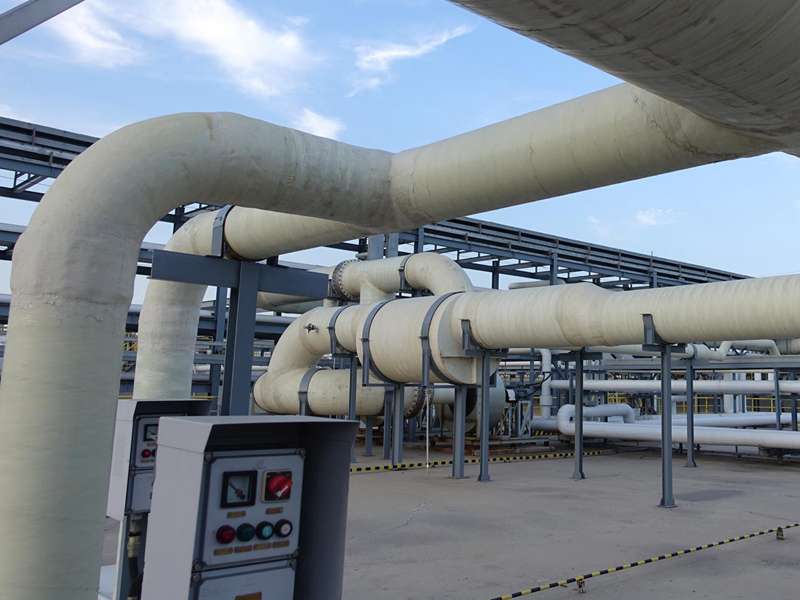
-
 Afrikaans
Afrikaans -
 Albanian
Albanian -
 Amharic
Amharic -
 Arabic
Arabic -
 Armenian
Armenian -
 Azerbaijani
Azerbaijani -
 Basque
Basque -
 Belarusian
Belarusian -
 Bengali
Bengali -
 Bosnian
Bosnian -
 Bulgarian
Bulgarian -
 Catalan
Catalan -
 Cebuano
Cebuano -
 China
China -
 China (Taiwan)
China (Taiwan) -
 Corsican
Corsican -
 Croatian
Croatian -
 Czech
Czech -
 Danish
Danish -
 Dutch
Dutch -
 English
English -
 Esperanto
Esperanto -
 Estonian
Estonian -
 Finnish
Finnish -
 French
French -
 Frisian
Frisian -
 Galician
Galician -
 Georgian
Georgian -
 German
German -
 Greek
Greek -
 Gujarati
Gujarati -
 Haitian Creole
Haitian Creole -
 hausa
hausa -
 hawaiian
hawaiian -
 Hebrew
Hebrew -
 Hindi
Hindi -
 Miao
Miao -
 Hungarian
Hungarian -
 Icelandic
Icelandic -
 igbo
igbo -
 Indonesian
Indonesian -
 irish
irish -
 Italian
Italian -
 Japanese
Japanese -
 Javanese
Javanese -
 Kannada
Kannada -
 kazakh
kazakh -
 Khmer
Khmer -
 Rwandese
Rwandese -
 Korean
Korean -
 Kurdish
Kurdish -
 Kyrgyz
Kyrgyz -
 Lao
Lao -
 Latin
Latin -
 Latvian
Latvian -
 Lithuanian
Lithuanian -
 Luxembourgish
Luxembourgish -
 Macedonian
Macedonian -
 Malgashi
Malgashi -
 Malay
Malay -
 Malayalam
Malayalam -
 Maltese
Maltese -
 Maori
Maori -
 Marathi
Marathi -
 Mongolian
Mongolian -
 Myanmar
Myanmar -
 Nepali
Nepali -
 Norwegian
Norwegian -
 Norwegian
Norwegian -
 Occitan
Occitan -
 Pashto
Pashto -
 Persian
Persian -
 Polish
Polish -
 Portuguese
Portuguese -
 Punjabi
Punjabi -
 Romanian
Romanian -
 Russian
Russian -
 Samoan
Samoan -
 Scottish Gaelic
Scottish Gaelic -
 Serbian
Serbian -
 Sesotho
Sesotho -
 Shona
Shona -
 Sindhi
Sindhi -
 Sinhala
Sinhala -
 Slovak
Slovak -
 Slovenian
Slovenian -
 Somali
Somali -
 Spanish
Spanish -
 Sundanese
Sundanese -
 Swahili
Swahili -
 Swedish
Swedish -
 Tagalog
Tagalog -
 Tajik
Tajik -
 Tamil
Tamil -
 Tatar
Tatar -
 Telugu
Telugu -
 Thai
Thai -
 Turkish
Turkish -
 Turkmen
Turkmen -
 Ukrainian
Ukrainian -
 Urdu
Urdu -
 Uighur
Uighur -
 Uzbek
Uzbek -
 Vietnamese
Vietnamese -
 Welsh
Welsh -
 Bantu
Bantu -
 Yiddish
Yiddish -
 Yoruba
Yoruba -
 Zulu
Zulu
FRP Solutions for Enhancing Efficiency in Thermal and Nuclear Power Industries
FRP Products for Thermal and Nuclear Power Enhancing Efficiency and Safety
Fiber Reinforced Polymer (FRP) products have emerged as a critical component in the thermal and nuclear power industries. As the demand for energy continues to increase globally, the need for efficient, safe, and durable materials is paramount. FRP, with its unique properties, offers innovative solutions to meet these challenges.
One of the most significant advantages of FRP materials is their lightweight nature. Traditional materials like steel and concrete can be heavy and cumbersome, leading to increased transportation and construction costs. In contrast, FRP products are much lighter, making them easier to handle and install. This lightweight characteristic can significantly reduce the overall weight of structural components in power plants, thus enabling the design of more efficient layouts and ultimately lowering construction expenses.
Moreover, FRP materials exhibit excellent corrosion resistance. This is particularly important in thermal and nuclear power environments where components are often exposed to harsh chemicals and high humidity. The corrosion resistance of FRP helps protect critical systems from degradation, extending their lifespan and reducing maintenance costs. This durability ensures that power plants can operate more reliably, thus enhancing overall energy production efficiency.
frp products for thermal and nuclear power

Thermal and nuclear power facilities also face stringent safety regulations. FRP products can be engineered to meet specific fire safety standards, which is crucial in environments where combustible materials are present. The fire-retardant properties of certain FRP laminates can help mitigate risks, providing additional peace of mind to plant operators and regulatory bodies. Furthermore, FRP's ability to withstand high temperatures and radiation makes it particularly suited for nuclear power applications, where conventional materials may fail.
In addition to safety and durability, the versatility of FRP materials cannot be overlooked. They can be molded into various shapes and sizes, making them suitable for a wide range of applications—from structural components to piping systems. For instance, FRP piping is increasingly being used in cooling systems, where efficiency is vital. The smooth interior of FRP pipes reduces friction losses, leading to improved fluid flow and energy efficiency.
As the energy landscape evolves, the role of renewable energy sources is becoming more prominent. However, thermal and nuclear power will continue to play a crucial role in the global energy mix for the foreseeable future. Incorporating advanced materials like FRP into these systems can help optimize performance and enhance environmental sustainability.
In conclusion, FRP products represent a significant advancement in materials science for the thermal and nuclear power sectors. Their lightweight, corrosion-resistant, and fire-retardant properties, combined with their versatility and long-term cost benefits, make them an ideal choice for modern power generation facilities. As the industry moves towards more innovative solutions, FRP technology will undoubtedly play a pivotal role in shaping the future of energy production.









